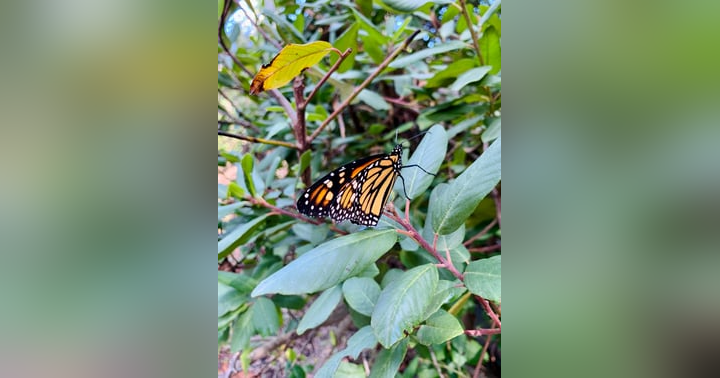This is more complicated than I expected

Dogbane: Apocynum Cannabinum. Photo by Stan Shebs. Copyright note.
A closer look at a plant with many stories
I can think of a half dozen reasons to despise dogbane.
Its milky sap causes blisters, it can kill dogs and sicken livestock, every part of the plant is poisonous, and, if ingested, it can cause an early demise in humans by way of cardiac arrest. It’s also an aggressive spreader, meaning it can accomplish all of this across vast distances and with great efficiency.
Looked at this way, it’s no wonder settlers sought to eradicate the plant wherever they found it when they arrived in California’s Central Valley or that it took three years of being on this naturalist journey for me to find out about the very existence of this plant, even though I live squarely within its native range and preferred habitat.
But, in light of all of its loathsome qualities, dogbane also reminds me of that famous Fred Rogers quote, "Frankly, there isn't anyone you couldn't learn to love once you've heard their story.” And three years of following scientists around California has taught me that learning the story of a species is never one-dimensional. Poison oak makes us itch, but it also feeds birds. Beavers can wreck landscaping, but they can also create wetlands that act as firebreaks, promote biodiversity, and recharge groundwater.
So what is dogbane’s story? I’m far from the right person to tell it, but I recently had the opportunity to learn from Austin Stevenot, the first Director of Tribal Engagement at River Partners, who taught me to make cordage from dried dogbane stems.
|
|
And since dogbane is native to most of North America, it also has traditional uses far beyond the modern borders of California, including a number of medicinal uses built on millennia of traditional knowledge from nearly every corner of what is now the United States and much of Canada.
In addition to dogbane’s cultural significance, this plant serves the species that live alongside it. Moths like the dogbane saucrobotys use it as a host plant. A less glamorous version, perhaps, of the milkweed/monarch relationship in the same taxonomic family as dogbane. Other moth species are also thought to eat dogbane leaves in their larval stages and may even use the plant’s toxins to make themselves inedible to predators.
All of this information about dogbane, its cultural significance, its ecological role, and even its toxicity, are what make the attempted extirpation of this plant so frustrating for me. The California Gold Rush, with its massive influx of settlers and subsequent attack on dogbane, may have started 175 years ago, but the story represents a hubris and a worldview that are unfortunately alive and well today.
Because any time we try to ignore or reduce the complexity of Earth’s incredible species and systems for our own convenience or profit, we do harm that ripples out in ways beyond what we could ever predict.
When we flatten sand dunes, we remove a protective buffer between land and sea. When we levee rivers and eliminate wetlands, we remove habitat for the salmon that feed us and fertilize the land. When we cut down oaks and replace them with bradford pears, we lose the birds that rely on the invertebrates that eat from the oaks. We lose the morning chorus.
But when we seek to appreciate the full complexity of the living systems holding us together, we recognize the importance of caring for them. We plant the oaks that can bring back the birds, volunteer to clean river banks, and donate money to organizations that restore dunes and wetlands. We protect and heal the only planet we’ll ever call home.
Happy Earth Day, friends. I hope you celebrate by feeling the silky petal of a California poppy between your fingers, by calling your representatives and asking them to protect public lands, by cleaning up a beach or river bank, by taking a walk under a canopy of trees, by finding an organization you want to support, or by learning the story of a species that lives just outside your door.
Stay golden,
Michelle
PS. If you’d like to see the process of making dogbane twine and a few further dogbane musings, check out this video I made. Just please ignore the abysmal subtitle job 🤦🏻♀️.
Me with my 1.5 inches of finished dogbane cordage!







